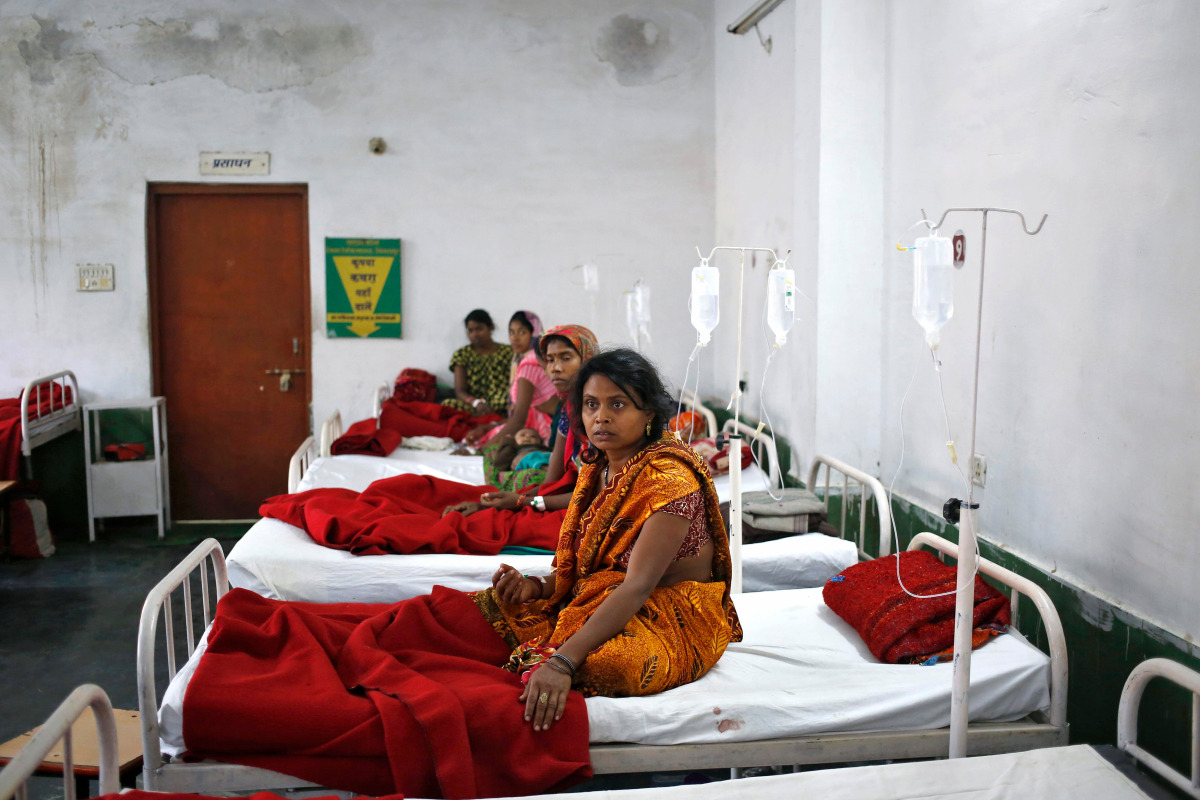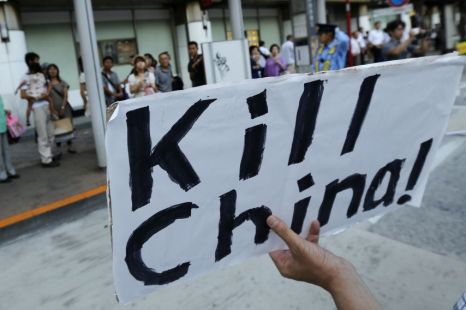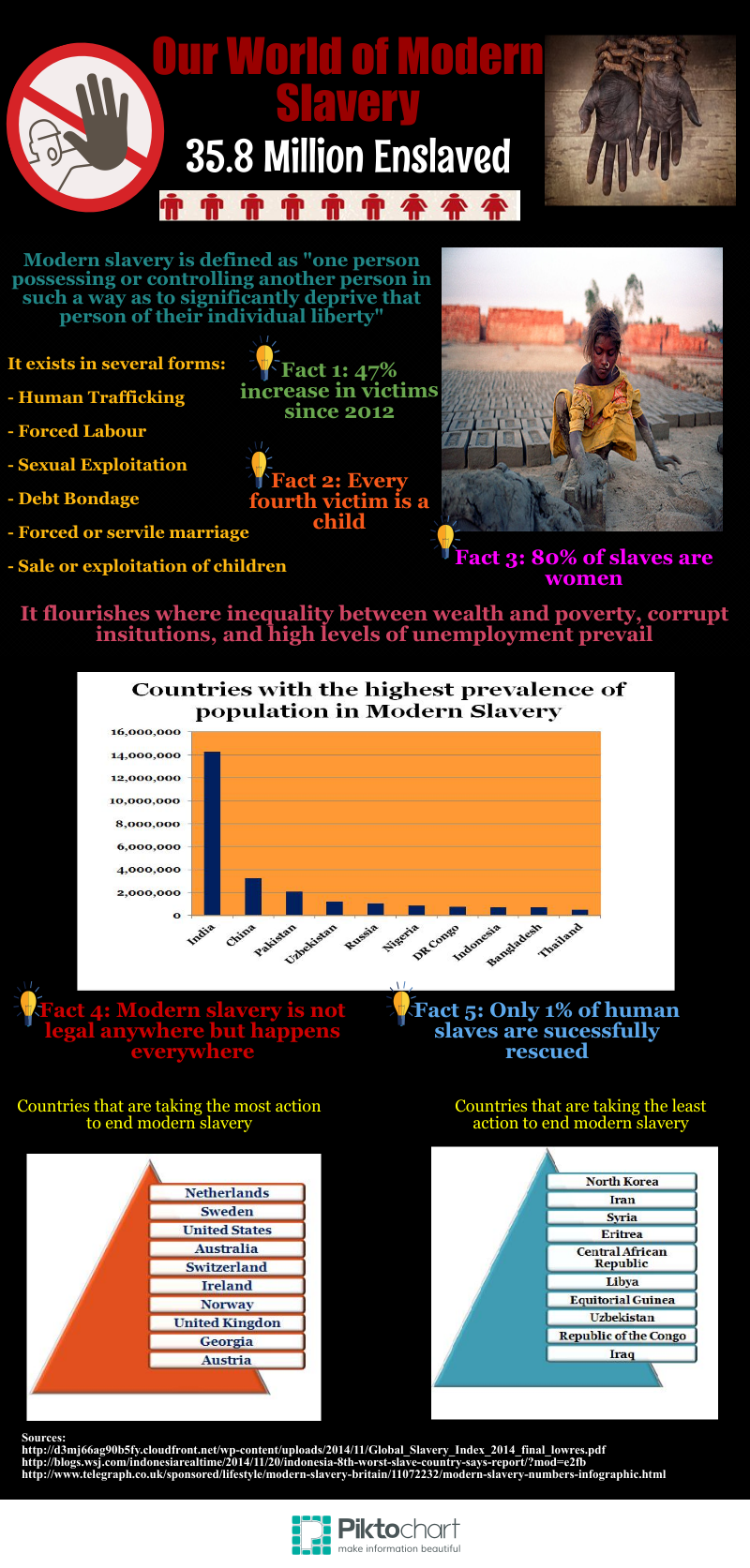The previous article of this two part series highlighted the sticking points of India’s controversial sterilization program. However, the aim of this article is to examine the significance of India’s sterilization drives, most notably, it will attempt to render an explanation to the question: Why is India sterilizing its women?

Anti-women and barbarism are legitimate terms to describe India’s controversial family planning program: Female Sterilization. To curb a booming population, India, since independence in 1947, has been carrying out female sterilization surgeries and even full hysterectomies (complete removal of the uterus) as birth control tactics. To this end, the country has implemented a series of sterilization camps in its most impoverished areas, mainly rural India. In these health camps, blunt and un-sterilized surgical equipments are regularly used on women undergoing medical techniques to permanently prevent pregnancy.
These women mostly live in extreme poverty with limited or no educational attainment, and they are either coerced or enticed by financial incentives of approximately $10 to $23 to undergo sterilization procedures. They usually represent the marginalized communities, belonging to either the tribal and/or indigenous groupings of rural India, and are often kept uninformed of other contraceptive methods. A conversation with married and unmarried women on anything associated with ‘sex,’ like contraceptive pills and condoms is considered a taboo in India. This in turn strengthens deep-rooted social traditions of child marriage and patriarchy. Women, unaware of better choices, get pregnant at a very early stage of their lives, which negatively affects their children’s health in addition to their own.
These women mostly live in extreme poverty with limited or no educational attainment, and they are either coerced or enticed by financial incentives of approximately $10 to $23 to undergo sterilization procedures.
Furthermore, doctors residing in the village areas pressure their female patients into getting sterilized so as to meet the government–set quota of controlling population growth. The Indian government proclaims that it outlawed sterilization set-targets in 1990s; however, doctors report that it remains intact and in operation till today. Recently, it was reported that for 2014, a target of 220,000 sterilizations was imposed on the state of Chhattisgarh by the Indian government. Political will to use female sterilization as a birth control tactic remains prevalent in India, and little is done to find innovative alternatives to it.
Recently, it was reported that for 2014, a target of 220,000 sterilizations was imposed on the state of Chhattisgarh by the Indian government.
Despite, vasectomy (male sterilization) being a less invasive surgery, involving minimum risks, women residing in the poorest neighborhoods of India are the primary targets of sterilization programs. Although entailing a higher monetary incentive of approximately $33, vasectomies are performed on fewer than 1% of men in India, who fear losing their virility. Women, on the other hand, possessing little/no control over their bodies, are easily victimized by the local healthcare practitioners.
Although entailing a higher monetary incentive of approximately $33, vasectomies are performed on fewer than 1% of men in India, who fear losing their virility.
However, many view female sterilization (permanent contraception) as a means of empowering women since it enhances their ability to undertake employment opportunities, and provide income to their families. In turn they relish a sense of autonomy, and are less subject to domestic violence. However, in the case of India, sterilization can be seen as having a negative effect on women since their ability to make informed decisions is prohibited by limiting their access to information and education. They cannot make better choices since they are kept unaware of other options; it is either sterilization or nothing at all for them. It also privileges the unequal power relations between men and women. Despite involving minimal risks, men are rarely pressured to undergo vasectomies for birth control. There is a dire need to delink masculinity from the reproduction capabilities in India. Further, women are sterilized in abhorrent clinical conditions, causing increasing deaths and ailment due to lack of oversight by the health care industry, and poor quality of sterilization procedures. Instead of empowering women, the program rather intensifies entrenched gender inequality.
They cannot make better choices since they are kept unaware of other options; it is either sterilization or nothing at all for them.
Sterilization further denigrates the overall condition of women in India. It fails significantly in being a development strategy. The incumbent government must work towards empowering women by offering them more, and less invasive options for controlling their pregnancies. They must be educated and given sufficient information. Furthermore, men should step up, and take accountability for family planning. Such is a way of preserving the dignity of women in India.




